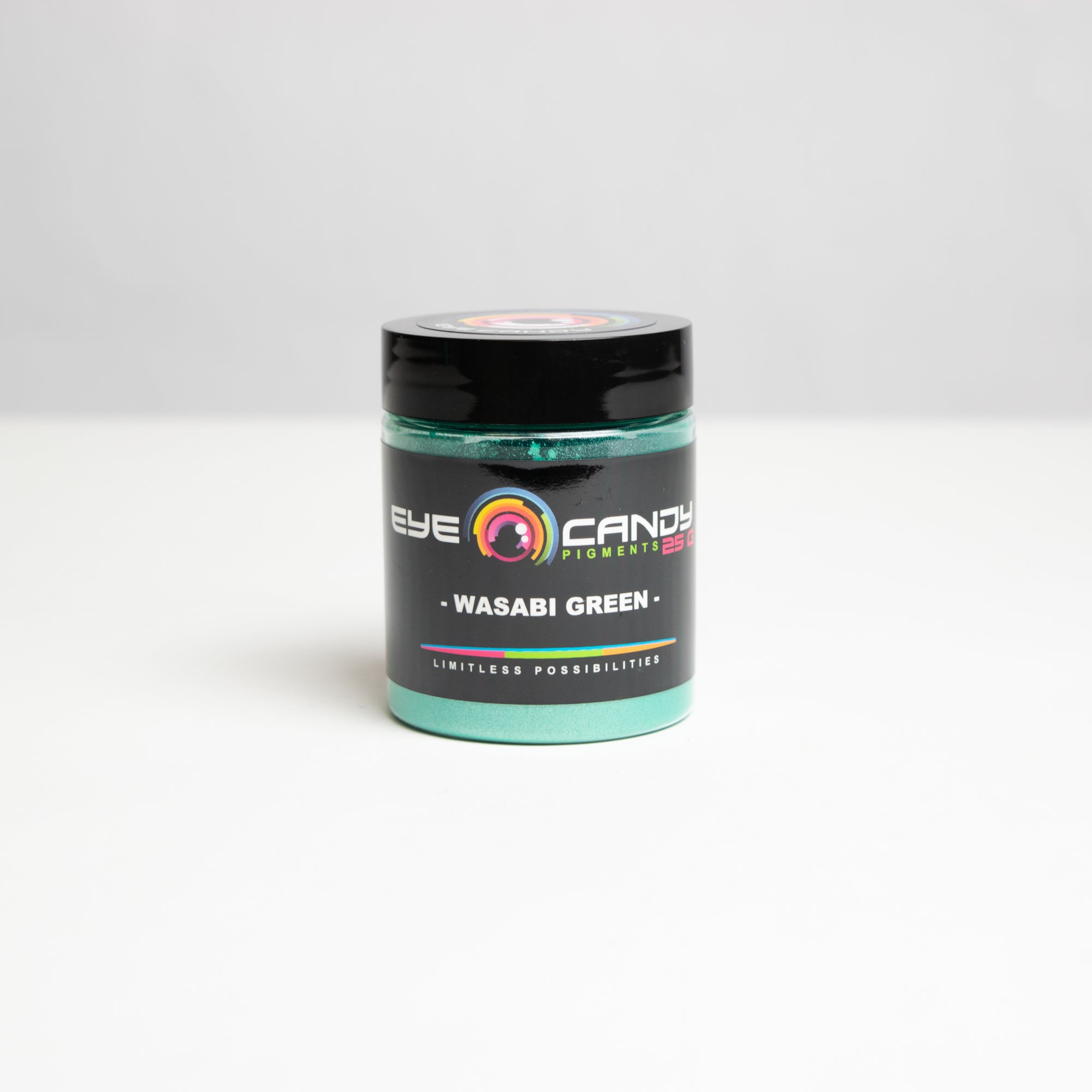Tips for Coloring Lipstick With Powder Pigment
Making your own beauty products is a great way to perfectly meet your skin needs. One beauty product that you should consider making yourself is lipstick. Although this sonly sits on your lips, unlike other beauty products, making your own lipstick is still a great way to control what goes on and in your body. Keep reading to learn tips for coloring lipstick with powder pigment. This way, you’ll know that what you’re making is beautiful and safe.
How Fine Is the Powder Pigment?
When using powder pigment in makeup, you need ultra-fine powders. The powder’s fineness should be clear before you buy it, so check that you’re getting the finest one possible. This will ensure that you can evenly distribute the color through your lipstick base.
While you can buy powder pigments that are less fine and grind them yourself, this adds extra work to the creation process that isn’t necessary. For mica powder pigments, which will add shine to your lipstick or other makeup products, check for fineness and the size of the microns. 10 to 60 microns are best for blending.
Are the Powder Pigments Safe?
There are different kinds of powder pigments on the market. Some are safe to use on your skin, and some aren’t. When adding powder pigments to your lipstick, you have to ensure that they’re not just safe on your skin but safe to ingest. Check that the powder pigment is non-toxic before buying.
Even if a company advertises a powder pigment as safe and non-toxic, make sure to test it on your body for an allergic reaction before committing to using it. You can apply some of the powder pigment directly to your skin for an allergy test or mix a small batch of the lipstick to test on your skin before making a larger batch for prolonged use.
Are the Powders Pigments Pure?
If the powder pigments are ultra-fine and safe for your skin, you can proceed in using them to color your lipstick. However, if the powder pigments aren’t as pure as possible, you may notice discoloration, especially with the color red. Red is an iconic lipstick color. But if you use powder pigments that aren’t pure and true red, you may end up with a bold pink instead of a red.
Test red powder pigment by comparing it to pink powder pigment if you already have pink available. Compare the pigments before adding them to any makeup base and after. Swatch them on your skin and lips to see if your skin and lip color impacts how the powder pigment hue looks. Make sure to examine the swatch in natural and artificial light when you do this.
These three tips for coloring lipstick with powder pigment will help you ensure your powder is ultra-fine, safe, and pure. Such powder pigments will give you the best coloring in your homemade lipstick. If you’re looking for red pigment powder that’s ultra-fine, safe, pure, and even versatile, then Eye Candy Pigments can help. We offer three truly red shades and other red pigment powders to meet any makeup or creative project need.



